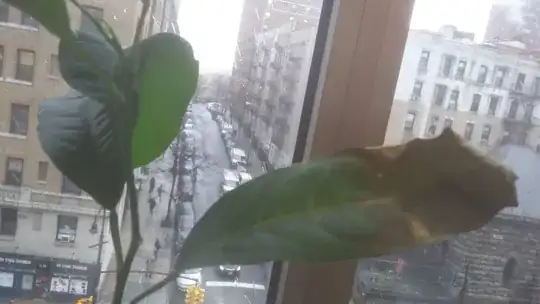Citrus prefer tropical, subtropical, or Mediterranean climates. Indoors in NYC in the winter the climate is more like a desert, arid and dry. Google vapour pressure deficit calculator to understand the relationship between air and relative humidity
Indoors there is not much breeze and citrus leaves will increase 20-30F in the window. You can check this with an infrared thermometer. You need to provide a fan to move air around.
The leaves are curling down to reduce photosynthesis and reduce transpiration. The curled leaf traps moisture that is being exhausted from the stomata.
The wrinkled leaves are heat and stress related from too much moisture being lost.
Watering it more or less will not compensate for the arid growing conditions. Changing the potting soil can't fix the low humidity problem.
LED lights certainly do produce heat. They also produce UV light. The UV light can burn the leaves.
Between 54 and 72F there is not much root activity. There is a linear relationship between 72 and 85F. Heating the roots can increase the transpiration rate.
The tip of the leaf is probably sunburn but could also be fertilizer burn.
Putting a pan will raise the RH a few degrees. Citrus really wants 60 RH or higher. Indoors you can raise the humidity with a humidifier or you can lower the temperature.
Misting helps. Water with 90F water. If you water with room temperature water it will shock the plant.
